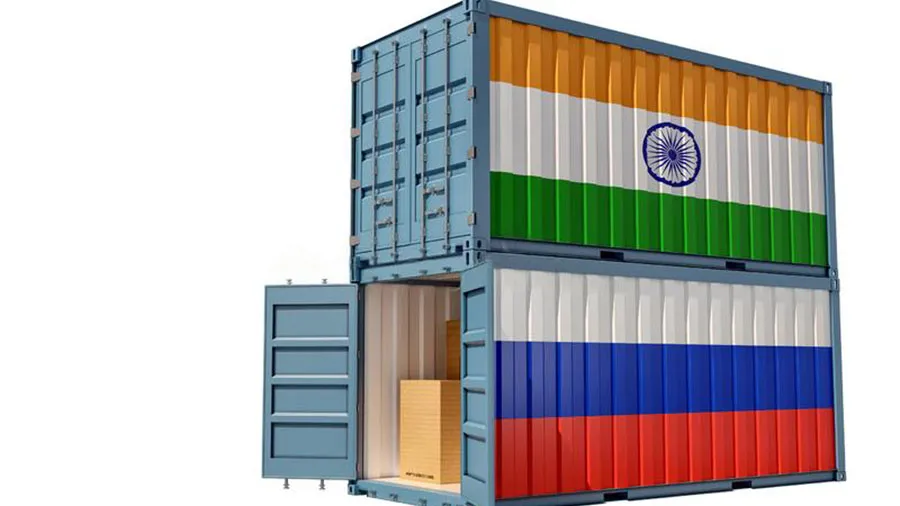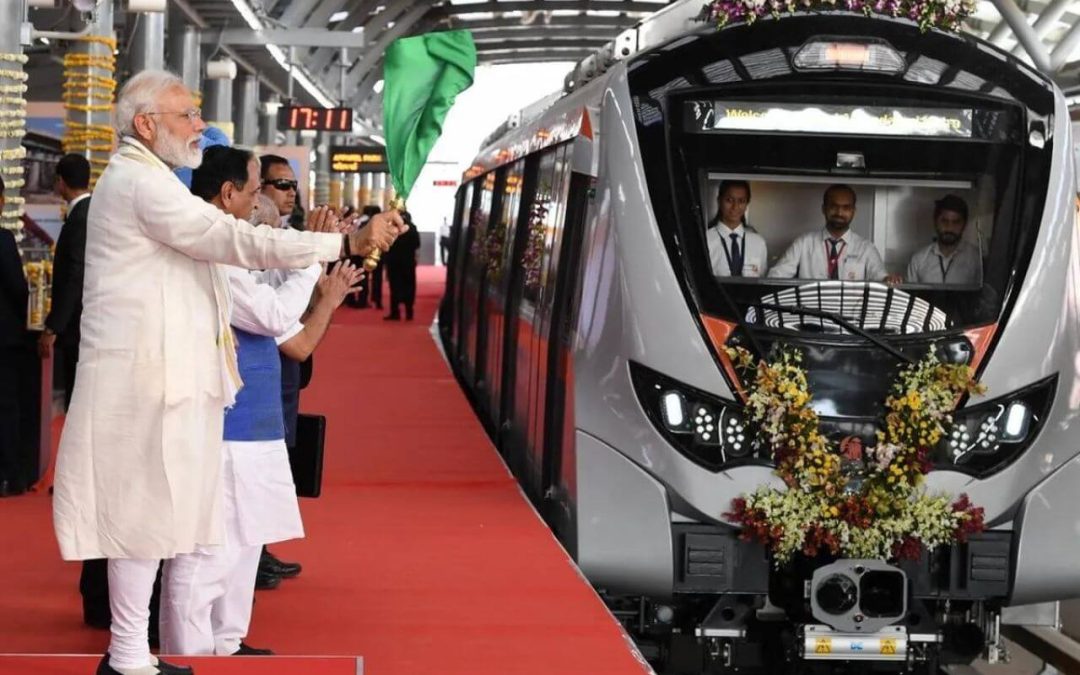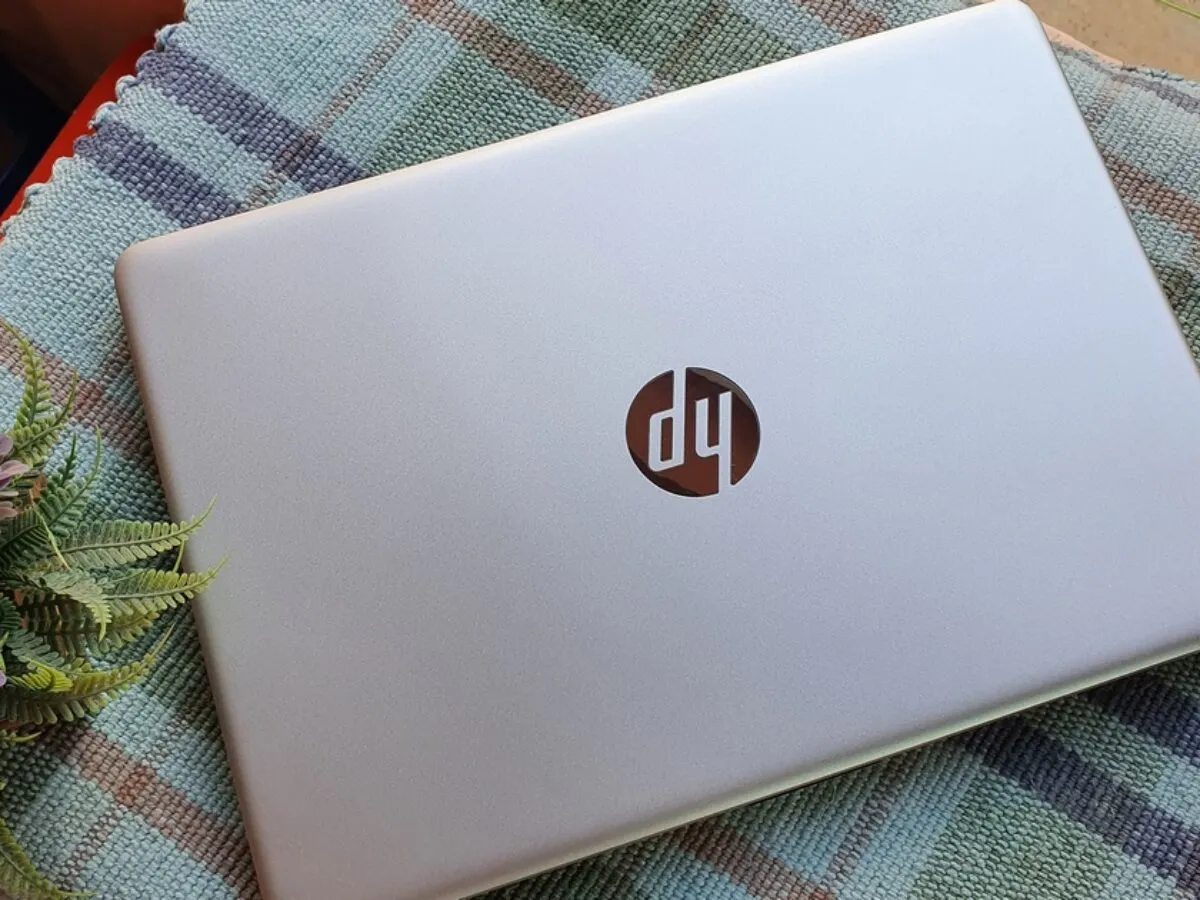Before we examine the pros and cons of India’s attempts to create a rupee trading zone to wean itself off the US dollar, it would be illustrative to take a walk down memory lane.
In the early 1990s, a young trader fresh out of college who had started out at state-run trading house MMTC had his first brush with the Indo-Russian rupee trade. Officials from the former Soviet Union wanted MMTC to supply packaging machinery made by Austria, Vienna-based Starlinger against rupee credit accumulated by the Russians. MMTC would import the equipment to India, and re-export to Russia, for which the trading house got a big commission. This was a legitimate route Russia followed to use the rupee surpluses generated from supplies of arms and other materials to India — then an economy in great distress, with little reserves, and less than a tenth of its current $3 trillion size.
There was an illegitimate way, too. With little to buy from India, in those days, the Russians, desperate to access their bulging rupee reserves, would give 15-20 per cent commissions to private trading houses to convert the rupees in India into dollars. The modus operandi, one veteran trader explained, was to prepare export shipment documents from India in the name of Russian importers, collect the rupee payment in full in India from Russia’s rupee reserves, switch the goods in Dubai or Singapore to some other destination, and then pay the Russians 70-80 per cent of the consignment value in hard currency. It was easy money, but as more traders piled in the commissions shrank to 5 per cent, and the trade fizzled out.
What’s essential in a rupee-denominated trade is that you need to have something to sell — so that the Russians, who supply billions of dollars in armaments and nuclear reactors, among others, and, in the past few months, over $21 billion in crude oil, can use their rupee reserves lying in India to buy Indian goods and commodities. India also plans to allow partner nations to invest their rupee surpluses in government securities.
That may be the only saving grace. A Business Standard analysis found that India’s merchandise terms of trade—the value of exports over imports—from Russia has been worsening. In 1992, as the Russian Federation was rebuilding after the breakup of the Soviet Union, India was a net exporter of goods. The situation reversed in 2003-04, and terms of trade have worsened since.
While the ratio of exports over imports was 0.74 in 2003-04, it had declined to 0.25 by 2008-09 — the value of India’s imports was four times its exports to Russia. The terms of trade improved to 0.54 in 2013-14 but have worsened since.
India’s exports to Russia have tripled in the last two decades, but imports from Russia have grown faster. In 2021-22, the value of India’s exports was a third of imports from Russia. And, with the crude oil dependence growing, for the first eight months of 2022-23, it was just 6 per cent of Russia’s exports (see chart 1).
In the past, India did not make concessions on investment in government securities. Commercial contacts with the Soviet Union and the other Eastern European countries were established in the 1950s. Then, starved of foreign exchange, India proposed bilateral rupee trade agreements, such as countertrade, and technical credits, and a multilateral mechanism in 1975 called the Asian Clearing Union.

These agreements enabled India to import critical defence goods, often on easy rupee payment terms. Agreements concluded between 1953 and 1958 accepted the rupee as the unit of account, but imbalances were settled in sterling or convertible currency.
Trade with the East Europe bloc increased 75-fold in over a decade to $658 million in 1965-66 to 14.2 per cent of India’s foreign trade but planned economies did not display the same enthusiasm for importing from India as for exporting to it, said C J Batliwalla in a Reserve Bank of India report.
From 1959, payments for all transactions were to be effected in inconvertible rupees, and contracting countries agreed to hold rupee balances. The value of the rupee was fixed in terms of gold for the purpose of these agreements until the devaluation of the rupee in 1966 created issues with Russia over the rate of the currency.
At that time, India was on the back foot with the Russians, and the bilateral arrangements were loaded against India, said V B Kasi, a Singapore-based veteran commodities trader. “Now, India is one of the world’s biggest economies and a large buyer of Russian oil, and we are in a better position to negotiate,” he added. “So a rupee trading zone is a distinct possibility now.”
Unlike in the past, India can supply many goods, commodities and medicines to Russia, which faces onerous Western sanctions, to better balance the rupee trade, said Sitaram, a Singapore-based fertiliser trader with over three decades of experience. “We have a lot more to offer to the world.”
Such an arrangement may not be easy, given China’s growing influence. In 2001, China accounted for 3.9 per cent of Russia’s total imports, whereas India’s share was 1.3 per cent. In 2021, a quarter of Russia’s imports were from China, whereas India’s share had barely changed to 1.5 per cent (see chart 2).
An irony with India’s rupee trading arrangements was that in the mid-1960s’ even officials in London and Germany considered accepting part of its repayment in inconvertible rupees to be used for expenditure within India as India had trouble servicing debts.
To canvass the advantages of rupee payment arrangements but insist that they be kept within modest dimensions, one British official argued with the Bank of England in March 1963, was to admit that as the barmaid said, “the child is illegitimate but will not be a nuisance because it is tiny,” Batliwalla recalled.
Source: Business Standard, dated 13/01/2023.




